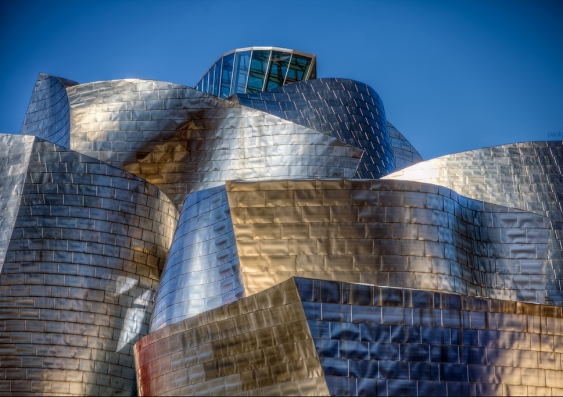In Australia, the hugely popular Museum of New and Old Art (MONA) in Tasmania, the product of gambling millionaire David Walsh's singular vision, is widely praised as creating a new template for the way art is viewed. Walsh has referred to it as "a subversive adult Disneyland".
Whether or not you're a fan of the artworks, there's no doubting that MONA has taken the cultural tourism trend by the horns. Situated on the beautiful Derwent River in Hobart, visitors can stay in high-tech, luxury pavilions, enjoy cellar door tastings at the MONA winery or boutique brewery, and attend a variety of music and cinematic events, as well as looking at the art.
Read more at BusinessThink.


